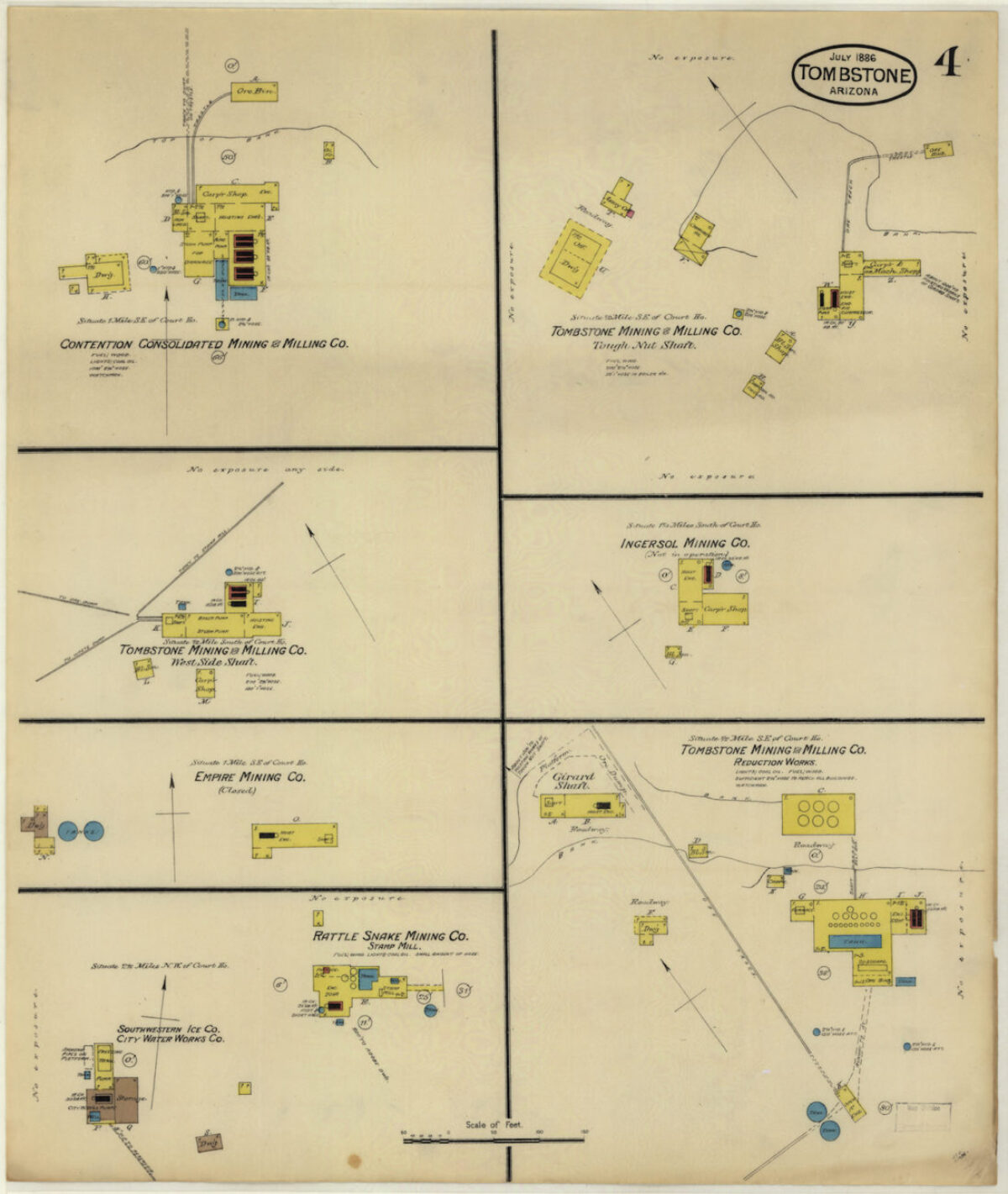Wildland-Urban Interfaces: Attitudes and Altitudes

by Oliver Curtis (MDes ’17)
This project explores the wildland-urban interface, “wilderburbs,” the growing borderland between forested wilderness and human settlement.1 These areas are increasingly subject to intense and destructive wildfires because settlement has encroached into the dry fuel-laden forests. I propose a three-pronged research approach to explore this issue: interviewing engineering experts at the Insurance Institute for Business & Home Safety (IBHS) Research Center, documenting the landscape of recent wildfires in the lower Colorado Plateau, and mapping the available construction material supply chain. The purpose of the data collection is to advance materially feasible and insurance-accepted landscape and construction methods to improve wildfire resistance in those prone areas of the American West. The field research will culminate in the production of a eponymously titled handbook with ideas to go beyond the proverbial defensible space and roofing material advice. The field research will be juxtaposed with photographic evidence of the fire’s restorative role in a fire-dependent landscape.1
1 Bramwell, Lincoln. Wilderburbs: Communities on Nature’s Edge. Seattle: University of Washington Press, 2014.